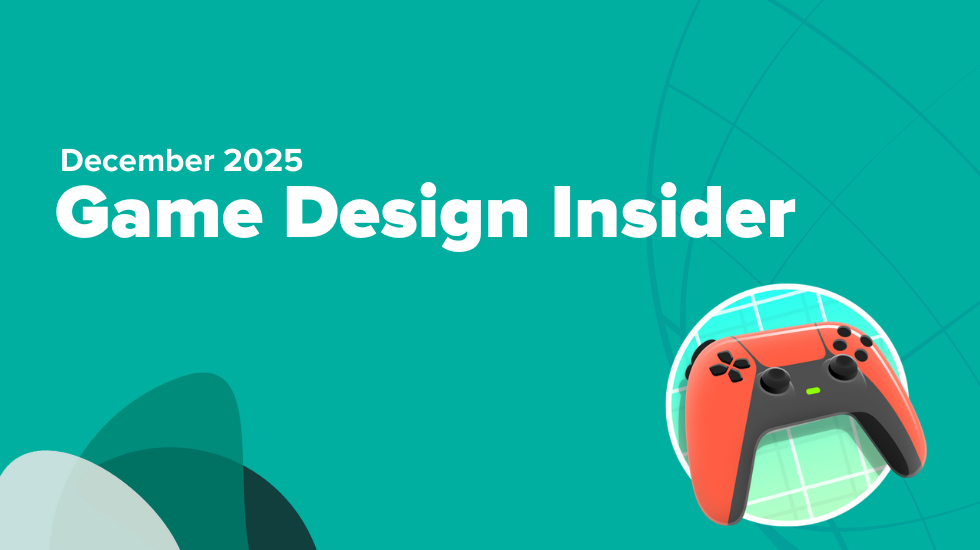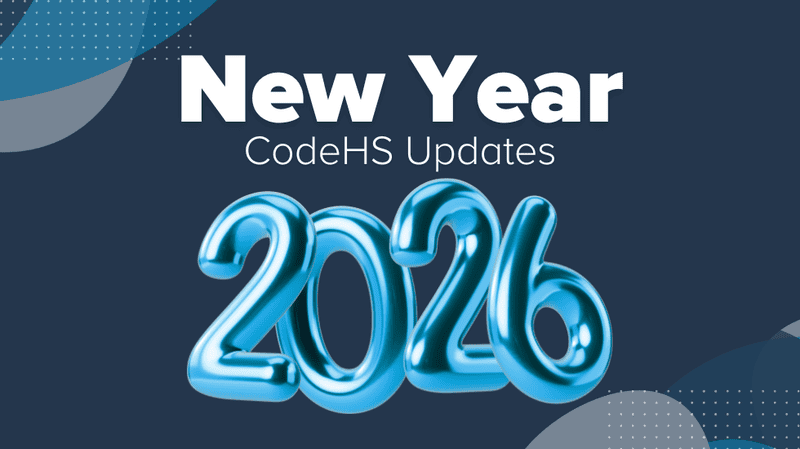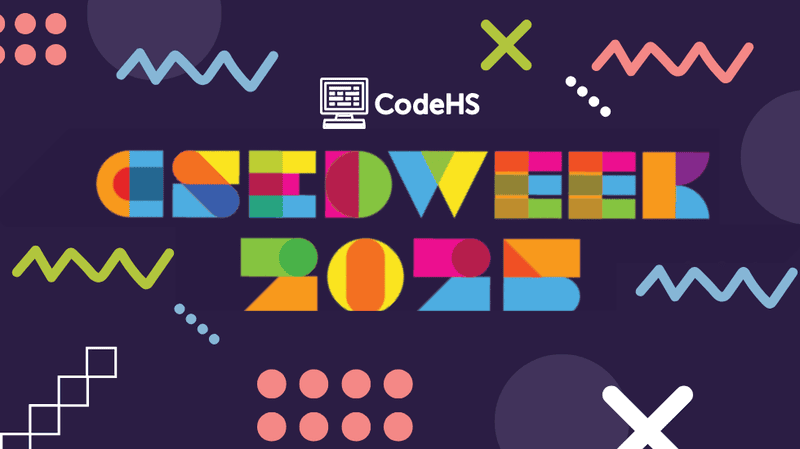Liam Carey
Sacred Heart Cathedral Preparatory, San Francisco CA

Tell us about yourself
I currently teach AP Statistics and Physics here at Sacred Heart Cathedral. I’ve also taught Chemistry for two years. During the summer I have taught classes including a Chemistry/Biology of water class and academic electives including a digital music creation class as well as an applied statistics class focusing on fantasy baseball.
Tell us about your students
This is the first time our school has piloted this class with CodeHS and I currently have three awesome students in the class. I’m thrilled to be able to say that they are all young women as coding is considered an area that is predominantly male. They are incredibly self-motivated problem solvers that enjoy applying what they have learned in the class to animation projects. They have a variety of interests outside of the class making them well-rounded students that are enjoyable to teach.
“Students creating their own projects has been an incredible way to encourage and foster creativity.”
Has CodeHS been an effective teaching tool for you? How so?
The grading mode makes it easy to give quick, specific feedback in a timely manner. It makes it easier for my class to have a blended format (online and in-person).
What do your students enjoy about learning with CodeHS?
My students enjoy the practical puzzle-like nature of coding and they like that they can use the sandbox to freestyle code their own projects.
What is the most creative way you have used CodeHS?
Personally I enjoyed creating a drawTurnTable function for the draw something exercise. As a DJ and creator of digital music, I appreciate the turntable and enjoyed writing code for one that looked realistic. Students creating their own projects has been an incredible way to encourage and foster creativity. We’ve used a top down model for creating our stories that is quite similar to the strategy used in coding (and teaching backwards design).
“[CodeHS] makes it easier for my class to have a blended format.”
What does a typical day in your classroom look like?
A typical day in our classroom starts with checking in on what we have all been up to outside of academics. Students then redo any past assignments on which they did not get a green passing score. We then discuss their progress with their projects and target a specific goal for their individual projects (e.g. finish creating the rubric for your project or write the code to get your characters to move in different directions). We then share our successes and challenges with the other students followed by feedback on how best to proceed. Finally we work on the modules from CodeHS and return to the project to apply what we’ve learned. We check in prior to the end of class and set goals to be completed outside of class for our next meeting.
What stategies have you utilized to help students overcome challenges while learning to code?
Working together in groups especially with debugging helps prevent the task from becoming too frustrating. Breaking up the class based on assigned tasks and a project makes the work more enjoyable and provides the students with intrinsic motivation as they want to be able to create the projects they’ve chosen.
What’s the funniest thing that’s happened in your CodeHS class?
Students laughing at mistakes they have made as they tried to create their own characters has been the funniest thing for them. We also had a good laugh when they wrote code for the hokey pokey and I acted it out one line of code at a time!
Originally published at codehs.com.


